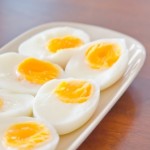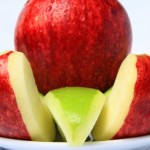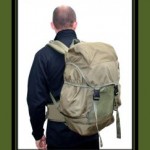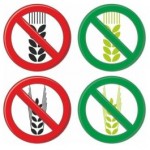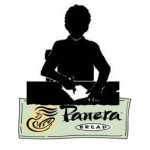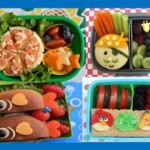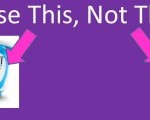
My junior high classes rotate every six weeks which doesn’t leave a whole lot of time to cover all the material that I need or want to. Because of this, I find myself trying to piggyback multiple concepts and standards into a lesson or activity. So when I teach about how to calculate unit prices and read package labels, both ingredient lists and nutrition facts, it makes sense to combine the two into a hands-on hot cocoa mix taste testing lab. Not only does it get the students into the kitchen, but it ties back to everything we covered so far in the rotation, helping them to review the concepts previously learned. In the lab students determine which product they think tastes the best and then in the follow-up students use the product labels to compare everything from unit price to ingredients to nutrition. Do students know their brands like they think they do? Can they determine the healthiest brand for their dollars? This lesson helps them find out!


